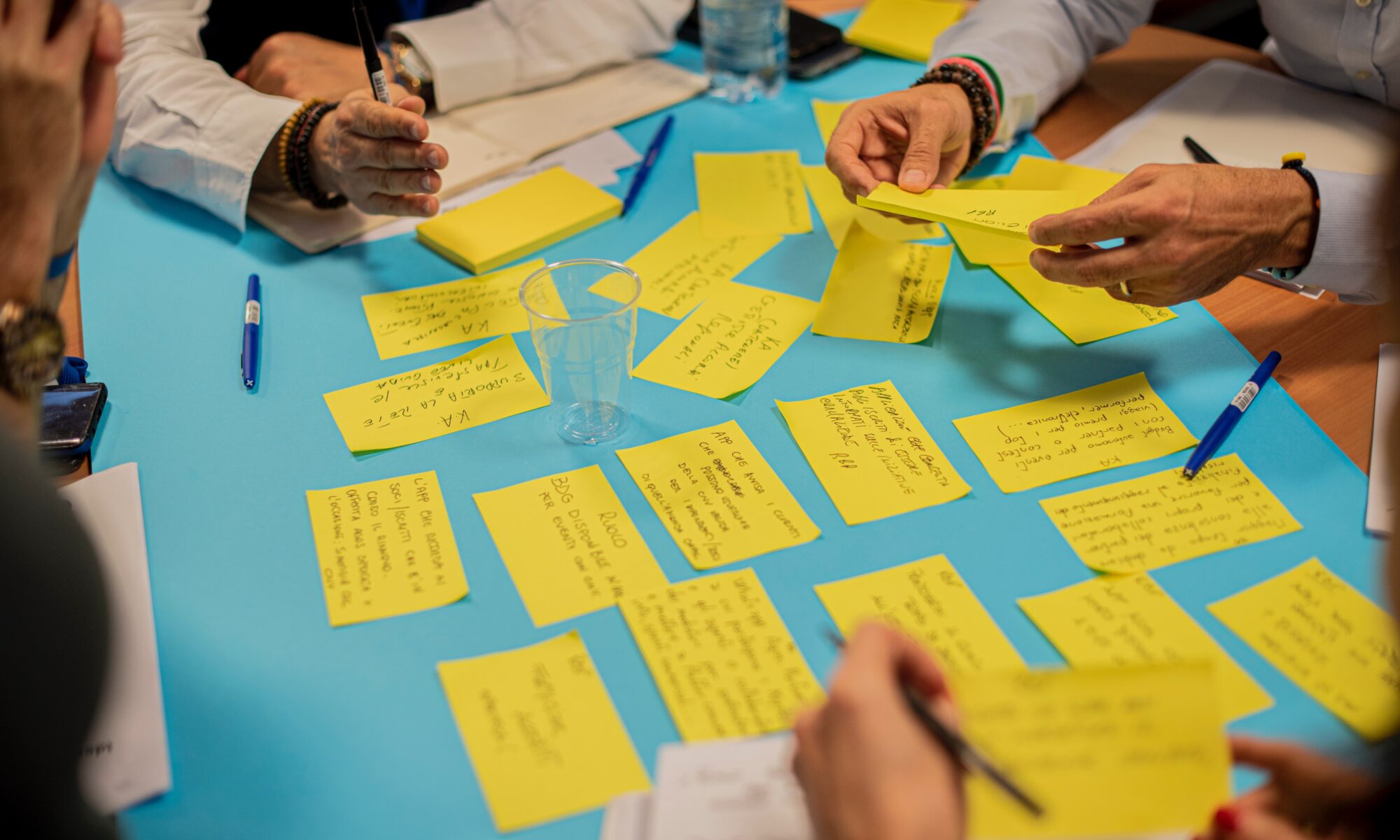The sum total of all contentious topics, that SHOULD be brought to light but we steer around, could be called the conflict debt.
Overall, there will be more conflict – and less conflict debt – in teams with a high level of psychological safety. Psychological safety is the cultural foundation for saying what’s necessary without fear of retaliations from other members in the team.
Debt can come from “simple” conflicts, eg feedback to the colleague always speaking too loudly on the phone. Or more complicated problems: a meeting culture where the minds are elsewhere (next meeting, the mobile phone, the email needing an answer, …) Or, a tendency to talk about the problems with the wrong people, not the people they actually concern; we may not steer clear of the topic, but we avoid the opposition.
The opposition in a conflict is what feels like unpleasant friction. Friction occurs between people, not topics/areas/departments. Practice in stepping into conflict consists of habituation to the unpleasantness, very similar to the training you’ll be going through to overcome other avoidances or fear: exposure, exposure, exposure.
Constructive conflict habituation happens in a way where others are not harmed (of course!), and where the conflict is justified. The goal is to reduce conflict debt, NOT to turn the workplace into a battlefield.
As individuals, we can make an effort to improve culture in this important aspect. It’s good for the community, productivity and innovation, and our personal skills are strengthened.
Previously, I have suggested to question the foundation for statements presented as facts.
Here’s another exercise: explore an underexplored aspect.
Regardless of discussion topic, tunnel vision can develop, ie the tendency to see things from only one (typically, own) point of view. Suggest another angle, and try the discussion from there. Take your departure point in whatever you agree upon, but stretch agreement a little bit, eg: “Good plan. How do we also solve [….]”
Example: You agree to let job applicants know within two weeks, if they are invited to an interview. You say eg: ” That’s a good goal. How do we solve the situations where the time limit cannot be met?”
Or: Until now, your internal newsletter has been produced by each department taking turns, a practice you agree to change so marketing is the permanent writer. You say, eg: ”That simplifies the process a whole lot. How do we help marketing with information, so the newsletter remains interesting and relevant?”
Or: You agree, that the summer party should be planned by new hires. You say, eg: ” That’s a great way to get to know a lot of people. How do we handle the years where we have no new hires?”
As you internalize the structure – and keep focusing on the goal, which is to improve ideas, not kill them – it will be easier to step into, and remain in, conflict.
This exercise requires you to have a view of the missing perspective, and therefore it’s slightly more difficult than the previous one.
Structuring your training always drives the best result: you can practice in even-numbered weeks, or the first week of every month. Make a note of it!
Enjoy training 😊







